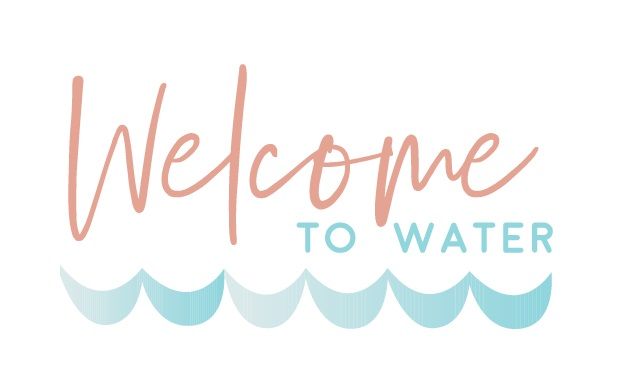Peter Dalle Cort
Can an infant save themselves from drowning?
“Baby swimming lessons are a waste of money. All you do is float around and sing nursery rhymes. If they fall into the pool, I want them to be able to save themselves. How does singing a nursery rhyme teach them to swim?”
Singing. A string of words with varying tones, arranged in verse, changing cadence, constructed to create meaning. Whether or not these tones are in tune, or the words are the same as the original, your baby doesn’t care.
What they are noticing is how your tune relates to your movements. How your inflections match your facial expressions. How your rhythm is in time with the reception of the sensory input from the environment. We use music to communicate pride, love, happiness. Drama, relaxation, excitement. Yes, no, stop or go! Monotone voice can’t compare to the richness of meaning that music provides.
Enjoyment = Safety
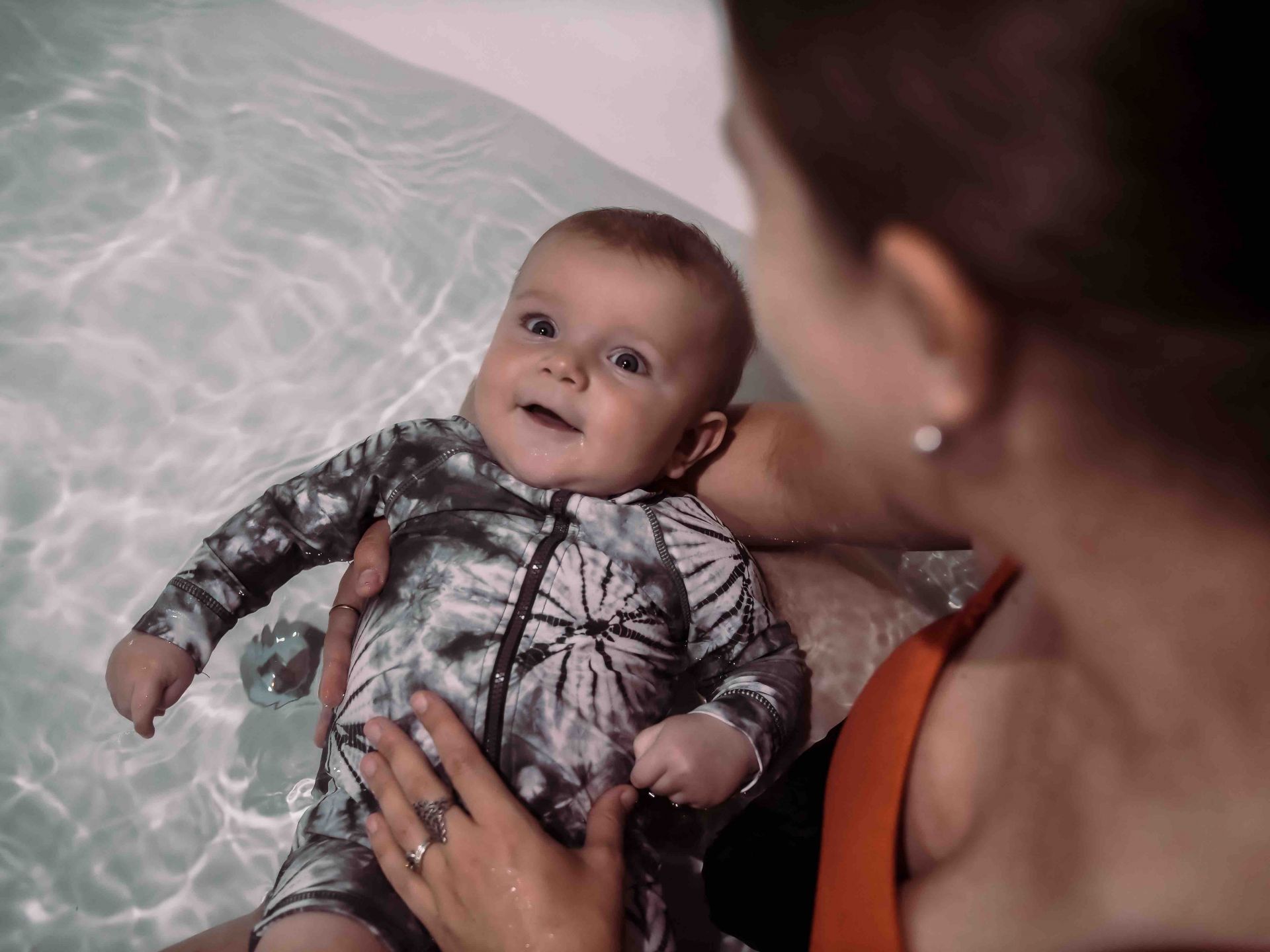
Water is a happy place for an infant, it’s our job to keep it that way. Associating happiness with the aquatic environment, using song, body language, eye contact, facial expressions, helps to achieve Enjoyment, a foundation goal to create Aquatic Readiness for all swimming skills.
If baby accidentally slips and falls in the bath, they must have associated the act of submersion with happiness. Startle reflexes and high tension when underwater will decrease control over movement and reduce the chance of baby recovering themselves from submersion.
What is a recovery?
You’re underwater, now how are you going to get out of it? Infants need varying amounts of assistance to recover, based on their developmental level.
Experienced 6 month old may get to the stage where they are happy submerging, but still need help from a parent to be lifted from the water to recover. A momentary free float while submerged, recovered by carer, is a great goal to have achieved by this age.
To independently recover is the next stage. Which body of water is an infant most likely to find themselves accidentally submerged? In the bath! The more baths you have, and the more mobile your infant becomes, the more likely this accidental submersion will occur.
The "Crocodile" position
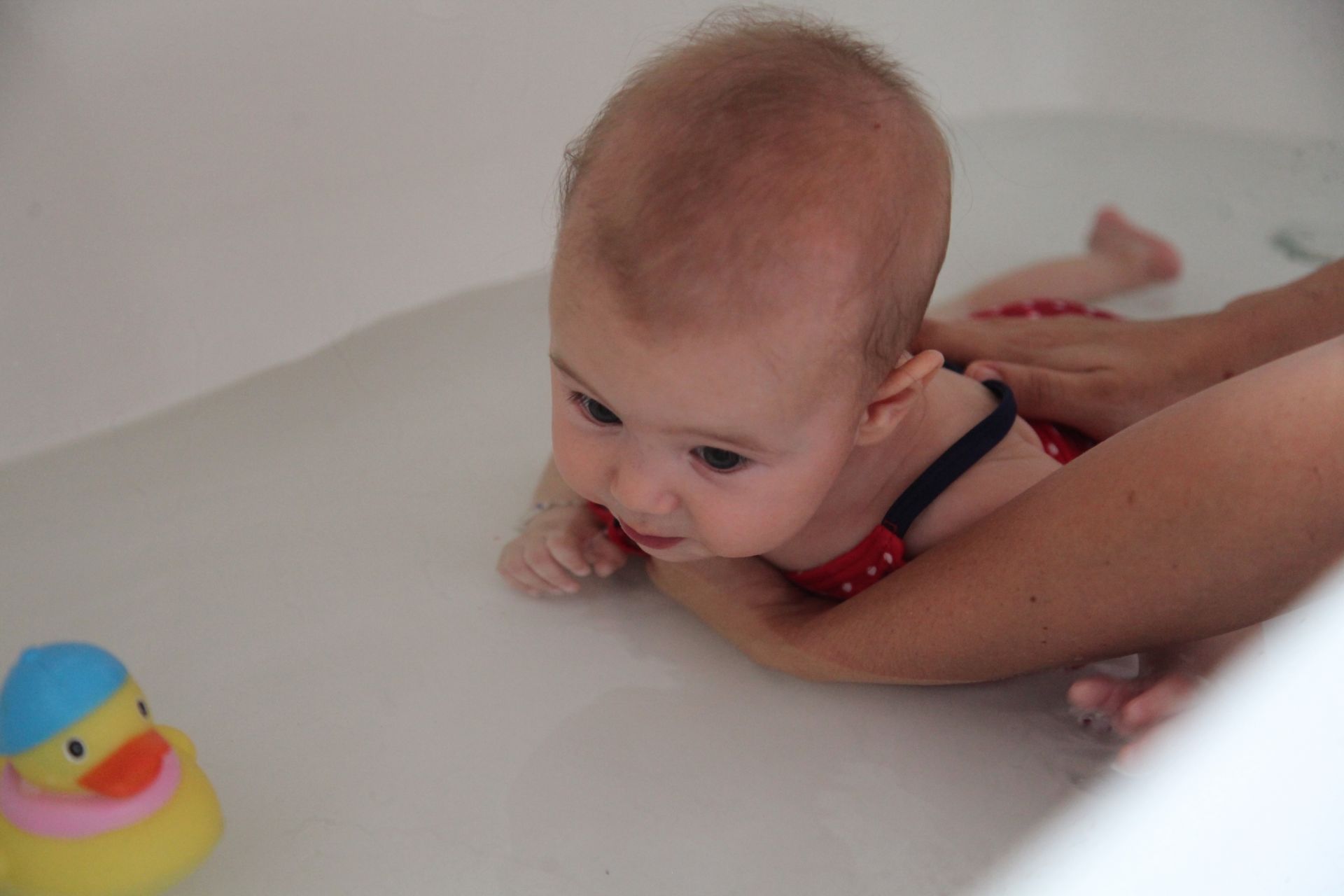
The first step to getting your infant to independently recover from submerging in the bath is the crocodile position. This is better known as tummy time, but in the bath.
Fill the bath water up about 100mm deep, and allow baby to self support their head in a prone position. Our 6 month olds should have good neck strength, but watch for fatigue after a couple of minutes and return them to vertical. Younger infants should build readiness for this activity by practicing lots of tummy time on dry land to build strength.
Progress to the Lazy Whale hold, where you provide a platform for their chin to rest into the palms of your hands.
Progress to the Lazy Whale hold, where you provide a platform for their chin to rest into the palms of your hands.
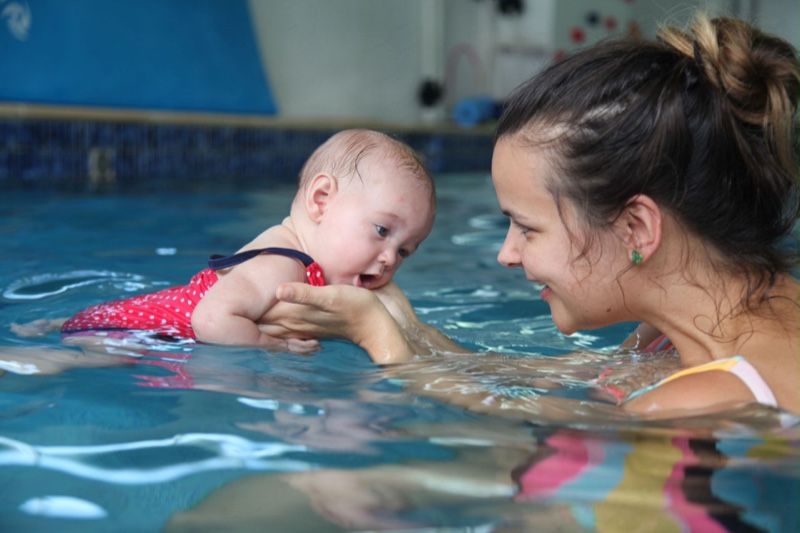
When in the crocodile position, you will see baby beginning to experiment with lifting and lowing their chest, playing with the buoyancy property of water. They might even go for a sip of water (make sure you and baby are cleaned well before bathing).
As baby becomes comfortable in this position, add some depth, so the water level is below the level of the chin when their arms are fully extension. You may now see baby practicing partial self submersion and recovery, your little crocodile just poking their eyes out.
With the bath at this perfect level, and with baby now mastering independent partial submersion and recovery, they will have increased confidence and try more daring things. Ask them to stand and cruise over to you, with their hands on the top edge of the bath.
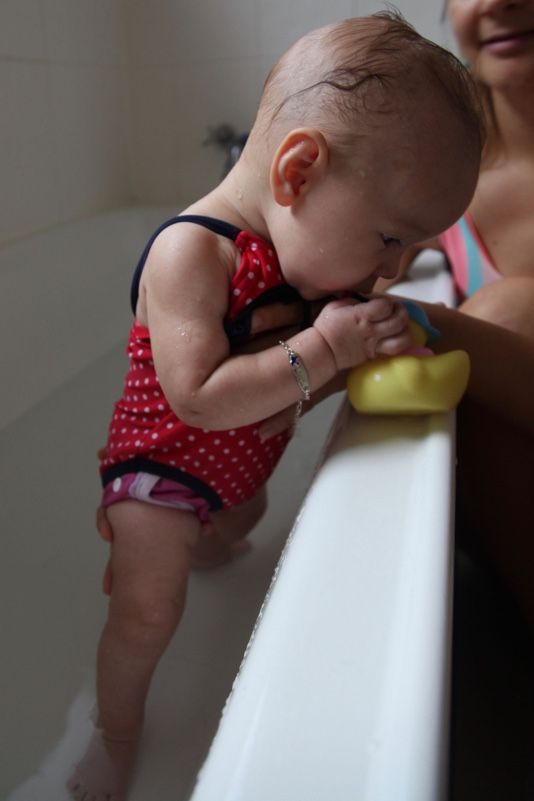
There will be the inevitable fall and splash. Offer immediate assistance to help them find the floor with their hands. Build the awareness of the depth of the floor and how to find it, and you will have a self rescuing water baby on your hands.
The “drowning simulation” parent
Try going from seated, to crocodile, to standing, to crocodile, to seated. All with the perfect amount of assistance from the carer. Remember you are there to keep them safe. Not to simulate accidental drowning events. The difference between these 2 scenario’s is:
The “gives help when needed” parent
*Baby falls face first into water and can’t recover*
*Parent immediately notices and picks up baby*
“lucky I helped you, you may have got stuck if I didn’t pick you up”
This nice parent gets a big green tick, for noticing that the child was having trouble recovering and offering immediate assistance.
The “drowning simulation” parent
*Baby falls face first into water and can’t recover*
*Parent immediately notices and lets baby flounder until they eventually find the floor with their hands and recovers*
*Baby cries*
“you got a big fright, but see, you can do it. You can save your self.”
This parent gets the big red x, for turning a lovely bath time, into a drowning simulation training session. Although the baby knows “they can do it”, it will also know that it can’t trust their most trusted person to help them in an emergency.
Little 7 month old Luke, a Welcome to Water graduate, had chance to practice a self rescue when in the bath with his Mum. He started the W2W programme as a 3 month old and was swimming in our swim schools’s infant programme for 4-7 month olds. One of the focus goals at the lessons is safety. Parents are made aware of the self rescue goals for the age groups described above, and are advised to practice their crocodile position in the bath at home.
Little 7 month old Luke, a Welcome to Water graduate, had chance to practice a self rescue when in the bath with his Mum. He started the W2W programme as a 3 month old and was swimming in our swim schools’s infant programme for 4-7 month olds. One of the focus goals at the lessons is safety. Parents are made aware of the self rescue goals for the age groups described above, and are advised to practice their crocodile position in the bath at home.
A the next weeks lesson, Luke’s Mum proudly told me that, as she had been taking a video of Luke sitting in the bath, he had fallen forward, submerged, and recovered into the crocodile position, happily.
I was so proud as a teacher that he was able to perform this skill, a skill that we want our 12 month olds to do. But I did have to mention to Mum that it is a Swim Australia recommendation to be at fingertips reach at all times for children 12 month and younger.
Although this is a great goal to achieve, we never expect children to reliably repeat this skill. A fright, a nose or mouthful of water upon entry, and the tension may have caused Luke to fail his recovery.
Being at fingertips reduces tension, and increases the chance of a happy, independent recovery.
Conclusion
Crocodile position and the ability to self rescue, is less about the safety aspect, and more about building confidence and water awareness. Knowing that they can recover after a fall expands the range of the infants capabilities and confidence to try new tricks. And yes that means having bigger accidents. Always be the trusted carer that they can rely on to give assistance where its needed.
If the swimming experience has enjoyment, the baby has developed good voluntary breath control, and they’re comfortable submerging, then they have all the skills to create the Aquatic Readiness to recover from an accidental submersion in the bath. This is one of the Welcome to Water goals for 8-12 month olds, submerge and recover in arms depth water.
Parental supervision is vital when bathing an infant. That means no distractions, and yes, no smartphones.
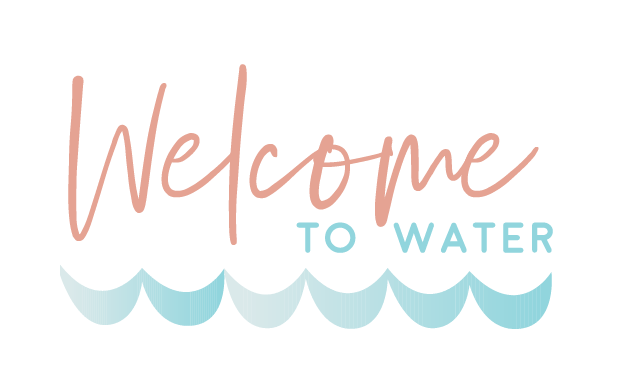
© Welcome to Water
Subscribe to our newsletter now!
Get weekly updates on live streams, news and more right in your mailbox.
Thank you!
